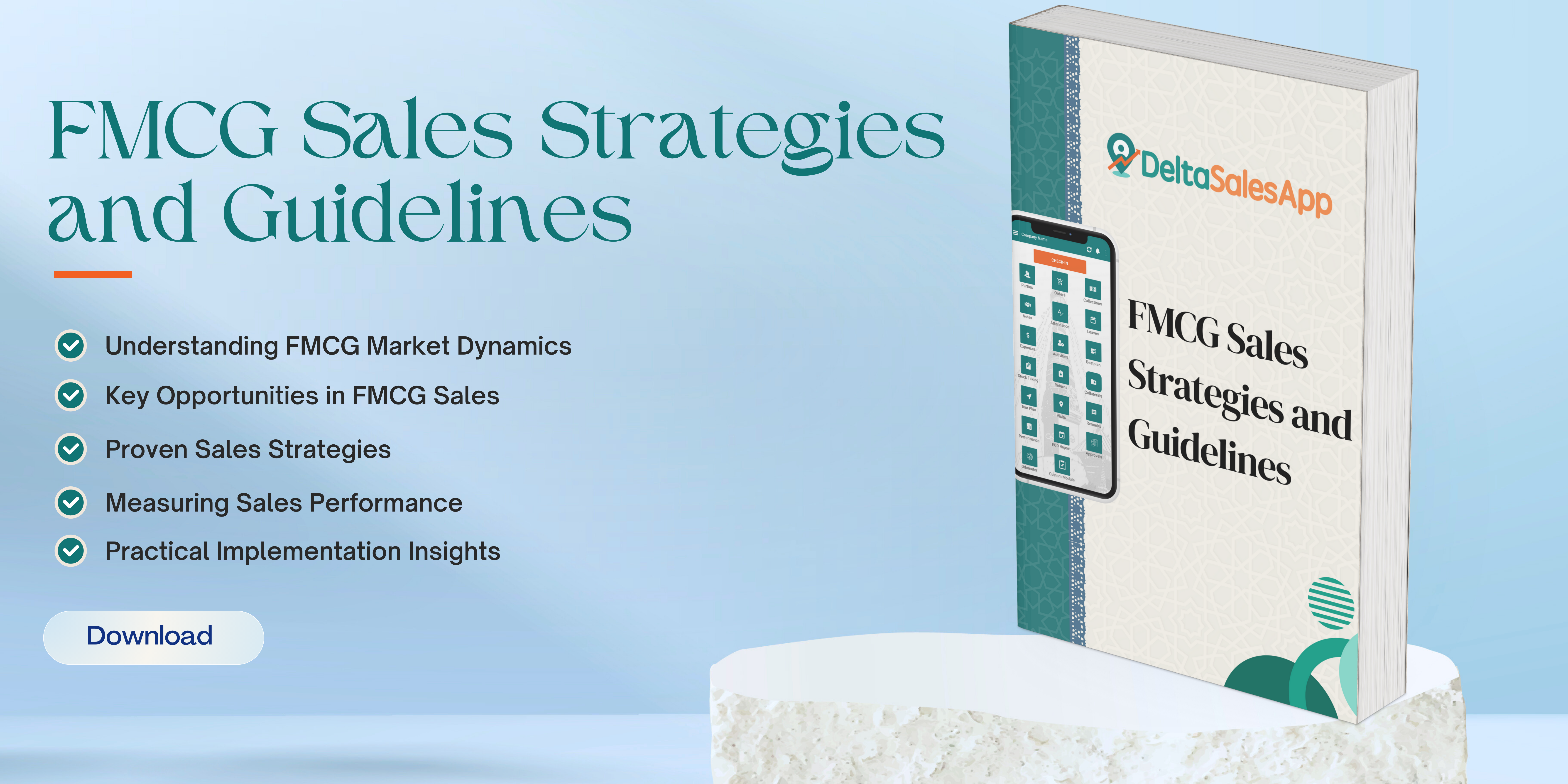Forecasting
Forecasting in field sales applications involves predicting future sales based on historical data, trends, and other relevant factors, helping sales teams set realistic targets and make informed decisions.
In a field sales environment, where sales representatives are interacting with customers face-to-face, accurate forecasting can guide resource allocation, territory planning, and performance management.
Here are the main components and approaches for forecasting in a field sales application:
1. Historical Data Analysis
Sales History: Analyze past sales data to identify patterns and trends. For instance, if sales are seasonally high during certain months, this data can be used to predict future sales periods.
Customer Purchase Behavior: Look at customer buying patterns, frequency of orders, and the volume of purchases to understand future behavior.
Sales Rep Performance: Track each field sales representative's performance to predict individual sales outcomes.
2. Lead and Opportunity Tracking
Lead Conversion Rates: Track how many leads converted to sales in the past. This information can help forecast the number of future sales based on current lead generation activities.
Sales Pipeline Analysis: Use CRM (Customer Relationship Management) data to assess where prospects are in the sales cycle. Opportunities that are closer to closing can be prioritized for accurate forecasting.
3. Market Conditions & External Factors
Economic Factors: Consider economic conditions, such as inflation rates, unemployment, or industry-specific trends, that may influence customer purchasing behavior.
Competitor Actions: Track the activities of competitors, such as promotions or new product launches, that could impact sales.
Seasonality: Adjust forecasts based on seasonality—some products or services might perform better during certain times of the year.
4. Machine Learning and Predictive Analytics
AI Models: Use machine learning algorithms to detect complex patterns in the data, allowing for more accurate predictions. This can include customer segmentation, predicting win rates, and estimating sales from opportunities.
Predictive Analytics: Tools integrated with CRM software can analyze historical data and predict future sales trends.
5. Collaboration with Sales Team
Sales Rep Input: Include input from field sales representatives regarding their interactions with clients and their expected deals. Their insights are invaluable for adjusting forecasts.
Quota Setting: Use forecasting data to set realistic sales quotas based on expected outcomes and territory performance.
6. Real-Time Data and Adjustments
Dynamic Forecasting: In the field, conditions can change rapidly. Sales applications can provide real-time data updates on lead status, sales progress, and competitor movements, allowing for quick adjustments to forecasts.
Mobile Access: Ensure that the field sales team has mobile access to forecast updates, allowing them to make data-driven decisions while on the go.
7. Key Metrics for Forecasting
Average Deal Size: Predict the revenue based on average deal size and the number of deals expected to close.
Sales Cycle Length: Understand the average time it takes for deals to close, helping to refine forecasts.
Win Rate: The percentage of deals closed out of the total opportunities provides a clear picture of future sales outcomes.
Tools and Technology for Sales Forecasting:
CRM Systems: Applications like Salesforce, HubSpot, and Microsoft Dynamics CRM can help collect and analyze sales data, track leads, and forecast future sales.
Sales Analytics Platforms: Tools like Clari, Gong, and InsightSquared are specifically designed to provide accurate sales forecasting through AI and predictive analytics.
Mobile Field Sales Apps: These apps, such as Badger Maps, Geopointe, and Spotio, allow field sales reps to track activities and update forecasts from the field.
By integrating these methods and tools, businesses can develop accurate and dynamic sales forecasts that drive strategic decisions, improve resource allocation, and boost overall performance in the field sales team.






